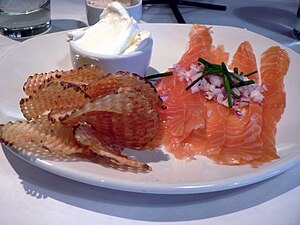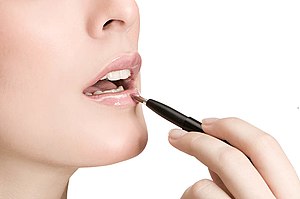 Why you forget some things (and not others)
Why you forget some things (and not others)
Different kinds of memory are created and stored in different parts of the brain and respond differently to aging. Here are some examples:
EPISODIC MEMORY - The kind that you use to recall the name of a restaurant or the plot of a movie you saw a week ago. It starts to decline in your early 40s.
SEMANTIC MEMORY - The type that gives you the ability to collect and retain new facts and figures. It holds up pretty well, which is why you know what a blog is but forget your dentist's address.
PROCEDURAL MEMORY - The kind we draw on for tasks we do automatically, such as driving a car or playing the piano. This is also fairly resilient-so even if you can't think of your best friend's phone number, you can press the right keys on the telephone pad.
Mental Congestion
Multitasking makes it hard to commit things to memory in the first place. "Attention is the gateway to retention," says Barry Gordon, M.D., Ph.D., a professor of neurology and cognitive science at the Johns Hopkins Medical Institutions in Baltimore. "If the information doesn't get in to begin with, forget trying to save it and access it later."
If your days is filled with multiple activities, don't rely on your recall skills. Make lists and take notes, and ask others to do the same.
Interestingly, people tend to blame age, rather than busyness, for their slips-and then may think their memory is worse than it really is.
Take the common lapse of forgetting someone's name. It happens to everybody, young and old. "Names are difficult to handle because they're abstract," says Dr. Gordon. The person's face and his name aren't logical ideas for the brain to link together. The older we get, the more data we have to sort through. Some mental lapses are nothing but congestion, says Dr. Gordon, who compares the middle-aged brain to a bridge at rush hour.
Also, we blank on names because we know too many of them. Anxiety makes it worse by creating more traffic. "That's why the name often pops into your mind later," he says, "when the mental traffic has died down."
Could it be an illness?
Certain medical problems can interfere with your ability to recall, notes Martin Goldstein, M.D., director of the division of cognitive neurology at the Mount Sinai School of Medicine in New York City. If you're struggling, see a doctor to rule out such possible cause as:
DEPRESSION - Mood disorders affect attention and concentration, so you don't form strong enough memories to start with.
HIGH BLOOD PRESSURE - Hypertension can cut down on blood flow to the brain.
THYROID DISEASE - Hypothyroidism slows down information processing; hyperthyroidism can cause distracting physical sensations, which make it hard to concentrate.
CONCUSSION - Even a mild blow to the head can lead t memory problems later on.
DIABETES - Fluctuations in blood sugar interfere with attention.
DRUG SIDE EFFECTS - Sleeping pills, antihistamines, and anti-anxiety medications are some culprits.
Building a better brain
With training, people have improved their mental agility after just two weeks, says Gary Small, M.D., director of the Memory Clinic at UCLA's Semel Institute for Neuroscience and Human Behavior. These strategies can help:
STRETCH YOUR THINKING - Crossword puzzles have long been touted as a mental strengthener. But if crosswords aren't your thing, try Sudoku, the new number puzzle (sudoku.com). Or sign up for a class in a subject new to you.
GET MOVING - Exercise increases blood flow, which helps nourish brain tissue. It also helps prevent or control other health conditions that can interfere with memory.
EAT RIGHT - Yes, fish really does seem to be brain food-as do nuts and olive oil. All these foods contain omega-3 fatty acids, which may slow down brain aging. Antioxidants-found in brightly colored fruits, vegetables, and green tea-also protect brain cells. Coffee boosts attention and alertness, which can enhance learning. But stop after a cup or two: Too much has the opposite effect.
CREATE CONNECTIONS - When you need to remember something specific, such as where you parked the car, make associations. The more vivid, the better: If you left the car at level 3, section C in the parking garage, imagine a billboard of flashing "3C" in neon lights.
MANAGE STRESS - Try whatever works for you-yoga, gardening, walking. Not only does tension distract you, making it hard to learn and remember things, but it also takes a direct toll on the brain. "In studies, humans injected with stress hormones, can't learn or remember," says Dr. Small.





































